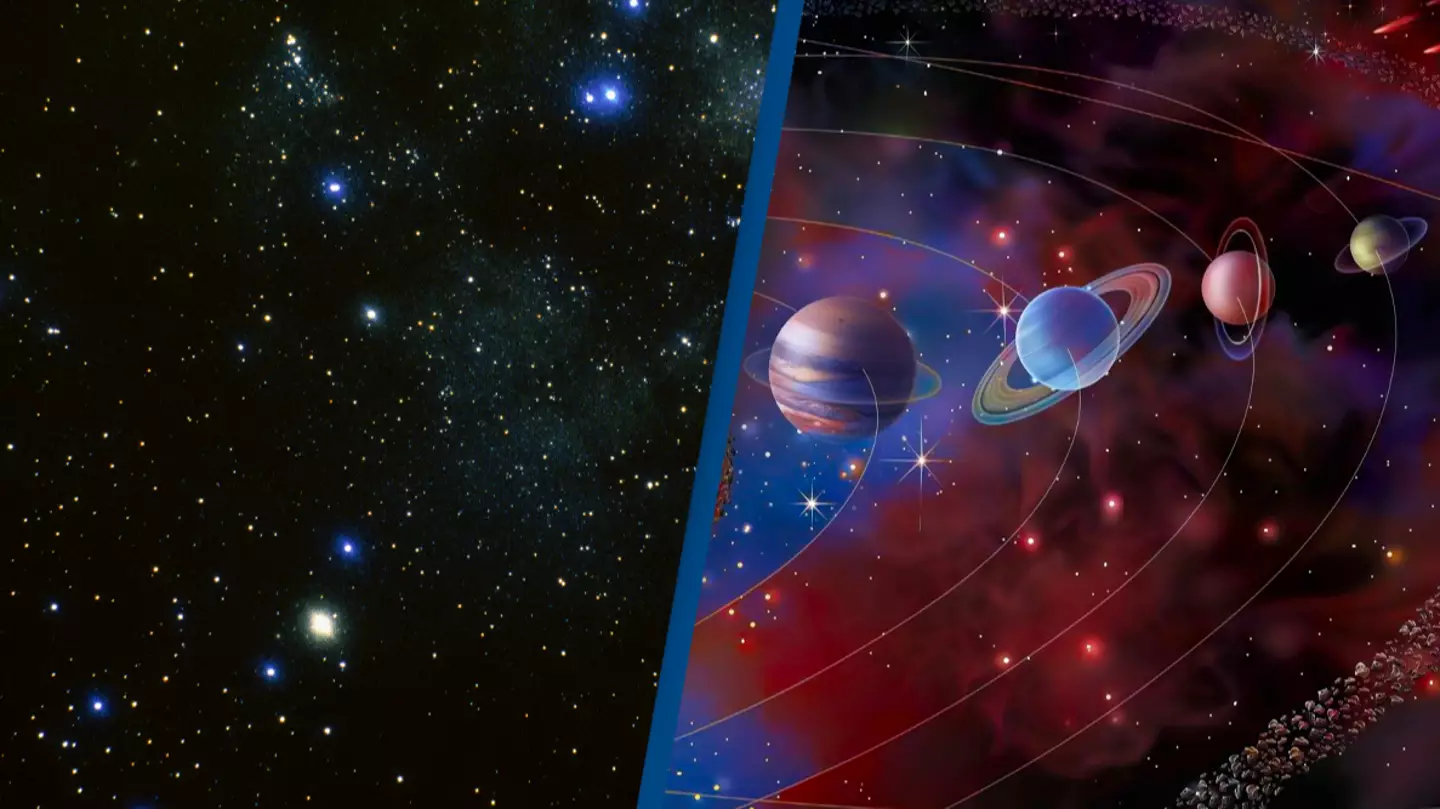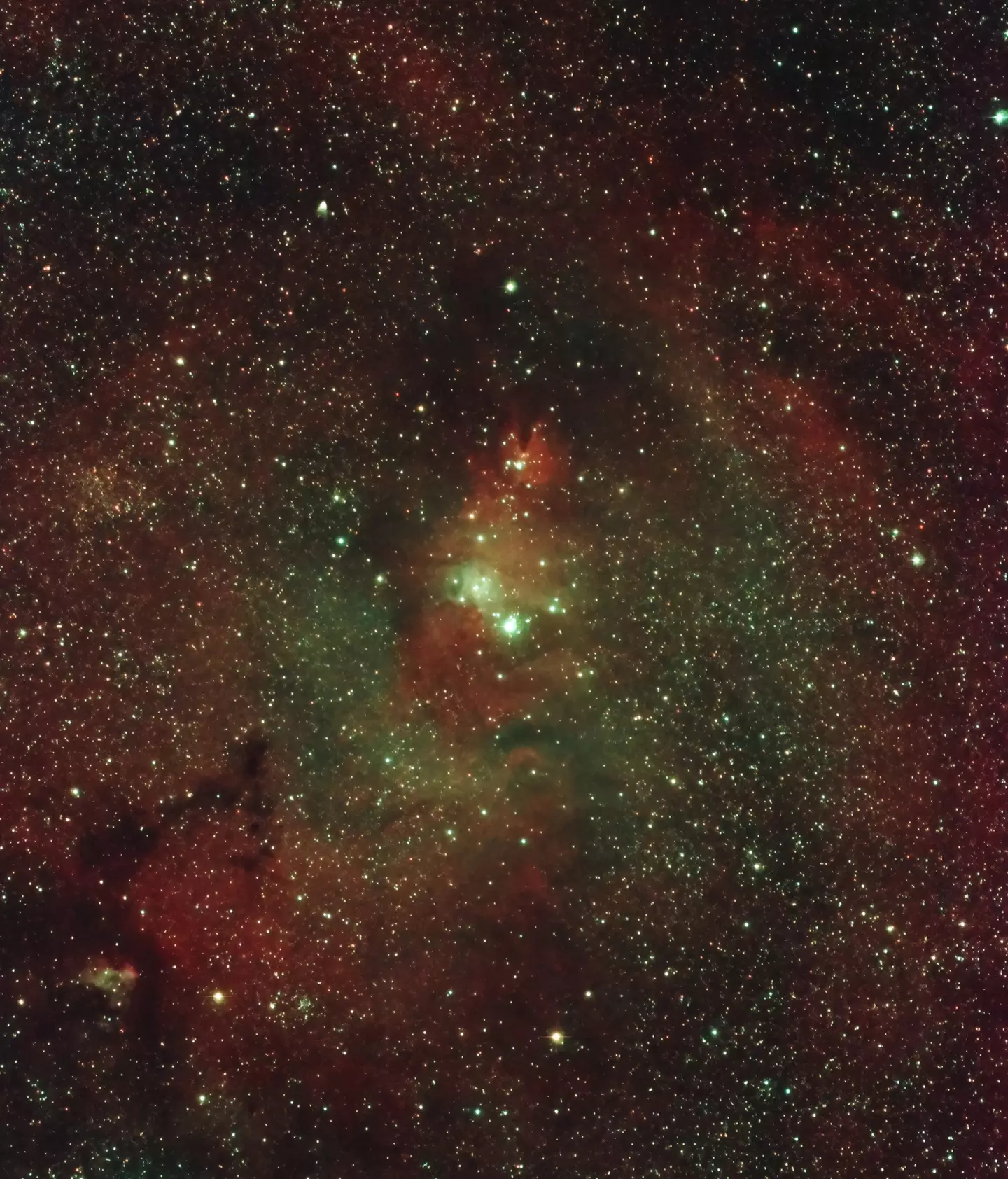
Five of the planets in the solar system will be visible this Saturday in a spectacular alignment.
If you have a telescope, this is the week to get it out as five of the planets will be visible on Saturday morning. So fingers crossed it's not cloudy.

Saturday morning will see Jupiter, Saturn, Mercury, Neptune, and Uranus (stop giggling) all visible in the night sky.
Advert
While the alignment will be clearer in the southern hemisphere, you can still view it further north - you'll just have to be up before sunrise.
Jupiter, Saturn, and Mercury, will even be visible with the naked eye, but if you want to see Neptune or Uranus then you will need a telescope or pair of binoculars.
However, if you want to get a good look at the alignment of planets it will be essential to find a good spot. As a rule of thumb, the more remote the better.
Light pollution can be a huge problem for stargazers. The huge amount of light thrown out in cities drowns out many of the stars and planets we would otherwise see.
Advert
NASA has also recommended that people check the weather forecast ahead of time. This means that you will be able to make sure you are in a cloudless area to see the parade of planets.
One way to tell the difference between stars and planets in the sky is to search out the things that aren't twinkling. These objects will be the planets in the solar system.

You can also use the app Sky Tonight. This is a clever app which you can point up at the sky. It will then give you a map of where the different stars are in the night sky so you can find them more easily.
Advert
While some films have portrayed planetary alignments as showing all the planets lined up perfectly, this isn't really possible.
When we picture the solar system we often imagine all the planets orbiting the sun on the same plane, so eventually they will all come back round together at the same time.
But the reality is that the planets orbit the sun at a variety of different angles and planes. Even the Earth's orbit is not so much a circle as a spiral or helix, as the sun itself is also moving through space, with the planets making a corkscrew-like motion as they follow it.
And, in case you were wondering, you can safely put thoughts of apocalyptic events or magical forces being activated to the back of your mind, no matter how cool they might sound.
